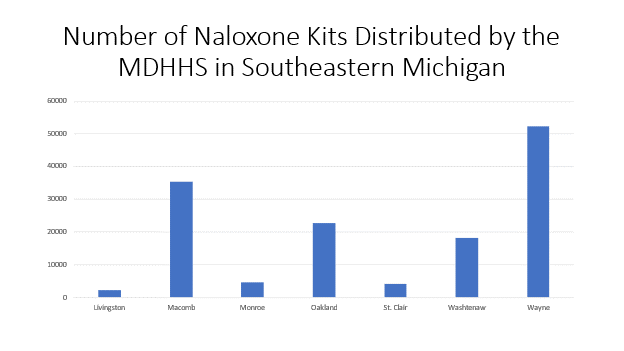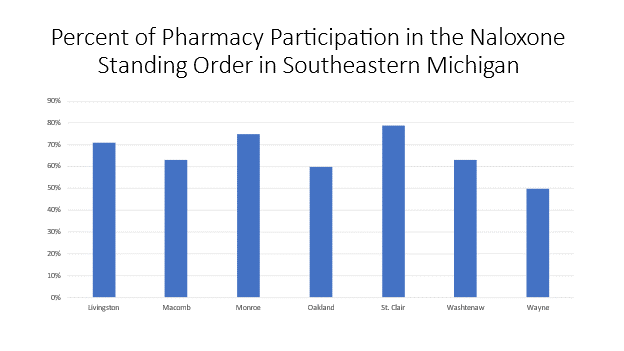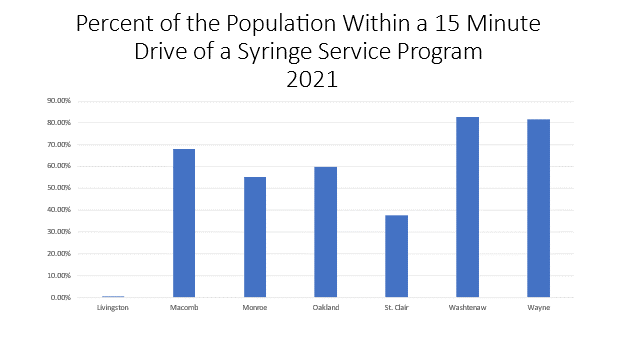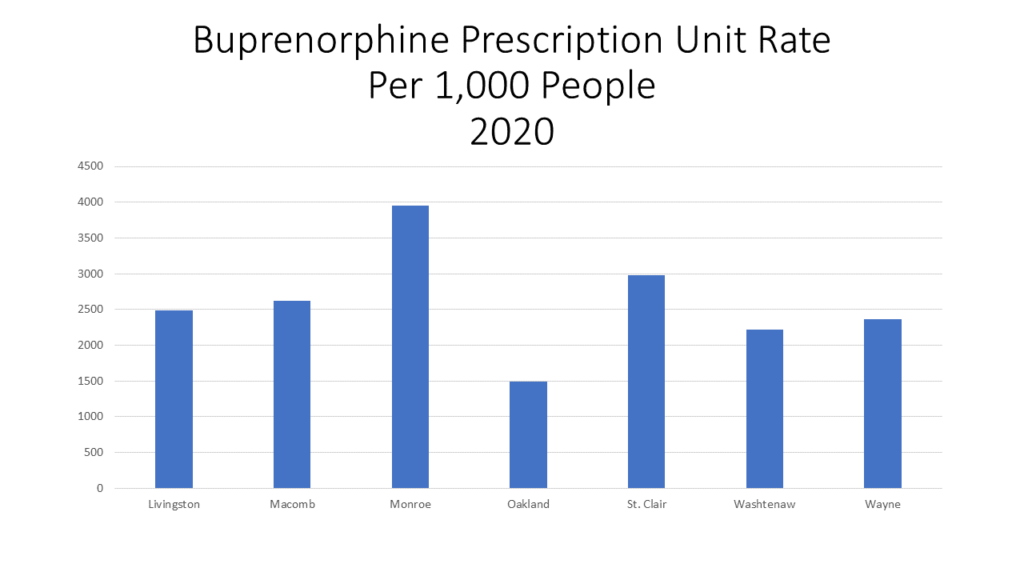Michigan is not experiencing a deep recession but there are signs that the economy is beginning to slow down. From unemployment rates to the cost of housing, the signs of a recession are evident, and according to presentations given at the Detroit Economic Club on April 13, a recession will likely start this summer.
One telltale sign of a slowing economy is an increased jobless rate. In Michigan, the unemployment rate has remained steady, and amongst recent lows, since June of 2022 though. In February of 2023 the state unemployment rate was reported at 4.3 percent. According to the Michigan Department of Technology, Management and Budget, layoffs are occurring though. In through March of 2023, 14 companies sent notices of layoffs or closure notices, or Worker Adjustment and Retraining Notifications (WARN). These 14 companies sent a total of 2,112 notices, with Prospect Airport Services in Detroit sending the most at 516. Comparatively, by the same time in 2022 six companies sent layoff notices and in 2021 three companies had sent layoff notices. Also, according to news reports, General Motors is offering buyouts to up to 3,500 salaried workers, and Stellantis is cutting and consolidating at least 408 positions at the Detroit assembly plants.
While the recent Stellantis layoff notices are not reflected in the most recent Detroit unemployment data, how large companies are restructuring should be kept in mind with a possible recession looming. According to the Michigan Department of Michigan Technology, Management and Budget unemployment in Detroit declined to 7.7 percent in February of 2023; in February of 2022 the unemployment rate was at 12.1 percent.

The chart below provides a more detailed look at unemployment rates throughout Southeast Michigan, both currently and a year ago. According to the data, unemployment rates for all seven counties in Southeastern Michigan were less in February of 2023 than they were in February of 2022. Monroe County had the highest unemployment rates in both February of 2023 and 2022 at 5.1 and 6.2, respectively. Wayne County had the largest decrease in its unemployment rate between February of 2022 and 2023 at 1.8 percent. In February of 2022 Wayne County’s unemployment rate was 6.2 percent, and in 2023 it was 4.4 percent.
Livingston County continued to have the lowest unemployment rate in the region at 3 percent in February of 2023, followed by Washtenaw County with an unemployment rate of 3.5 percent.

The chart below provides a more detailed look at unemployment rates throughout Southeast Michigan, both currently and a year ago. According to the data, unemployment rates for all seven counties in Southeastern Michigan were less in February of 2023 than they were in February of 2022. Monroe County had the highest unemployment rates in both February of 2023 and 2022 at 5.1 and 6.2, respectively. Wayne County had the largest decrease in its unemployment rate between February of 2022 and 2023 at 1.8 percent. In February of 2022 Wayne County’s unemployment rate was 6.2 percent, and in 2023 it was 4.4 percent.
Livingston County continued to have the lowest unemployment rate in the region at 3 percent in February of 2023, followed by Washtenaw County with an unemployment rate of 3.5 percent.


Home prices in Metro-Detroit again decreased in January of 2023, according to the Case Shiller Index. In January of 2023, the average price of single-family dwellings sold was $168,300 , a decrease of $1,190 from the average price of a home in December of 2022. This was the largest decrease in the average home prices in Metro-Detroit since December of 2020.
While the month-to-month trend of prices increasing is easing up a look at data from year’s prior shows just how much prices have increased overall. Between January of 2023 and 2022 the average price increased $4,960; between January of 2022 and 2020 the price increased $39,020 and between January of 2023 and 2014 the average price has increased $74,380.




